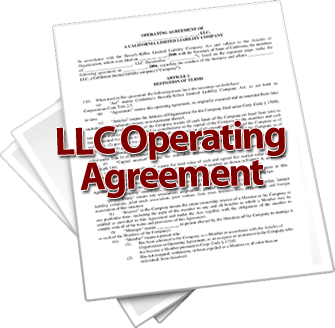#15 in my formalities checklist is one of the most important: “Have you kept separate books and bank accounts for the company and yourself, making sure at all times never to commingle any funds?”
Commingling problems occur when business funds are mingled with personal funds and vice versa. Commingling becomes a big deal when your company is involved in a lawsuit. It is suddenly the 800 lb gorilla in the room. The number one way your opponent in a lawsuit will break through your corporate veil is to prove that you have commingled funds. If you use personal funds for your business or business funds for your personal spending, without proper reasoning and reimbursement, you are sunk when the lawsuit comes along.
Corporate formalities are a big deal when your company is involved in a lawsuit, because you basically have to prove that you have treated your company as a real third party entity and not just your “alter ego.” Of course, most people know that you shouldn’t mix up personal and business expenses, but many folks end up commingling quite innocently. It may happen simply through sloppy record keeping. Take a moment and stand back and look at your company books from a third party’s perspective. Yes, this is stupidly simple, but if you have overlooked your corporate formalities you could lose everything because of the oversight. I write and talk about these topics, and too often I still see very bright people make critical mistakes.
One big one is that you have to have a reason for an asset transfer between yourself and your company. You need to create a paper trail any time you transfer money back and forth between you and your company.
For example, people often use LLCs to protect assets, such as rental properties or equipment. The assets are transferred from the individual to the company and that is the end of the paper trail. If you truly transferred a valuable asset to a third party entity, wouldn’t you want some sort of payment in return? You would want to be paid for the asset or at least you would want some certificate showing that you own value in the company. After all, you just gave the company value, and you didn’t intend it to be just a gift. If the asset just suddenly shows up on the books of the company without an exchange of equal value (stock in the corporation or membership interest in the LLC), you have just commingled your assets with the company.
Rarely do you see someone buying something for a big company without asking for reimbursement. Your small company should be treated the same way. It should have its own separate checking account with books kept specifically for the company. If you find it necessary to spend personal funds on behalf of the company, make sure you fill out a reimbursement request with a receipt or other documentation, and have the company reimburse you for the expenditure. It is a good idea to avoid using company funds for anything personal, but if you ever happen to do so, make sure you personally reimburse the company as soon as possible.
The company needs to be able to demonstrate that it is its own entity–not just an extension of yourself (alter ego). My LLC Wizard course walks you through setting up your business and maintaining it properly. Make sure you set things up right from the start for maximum asset protection.
